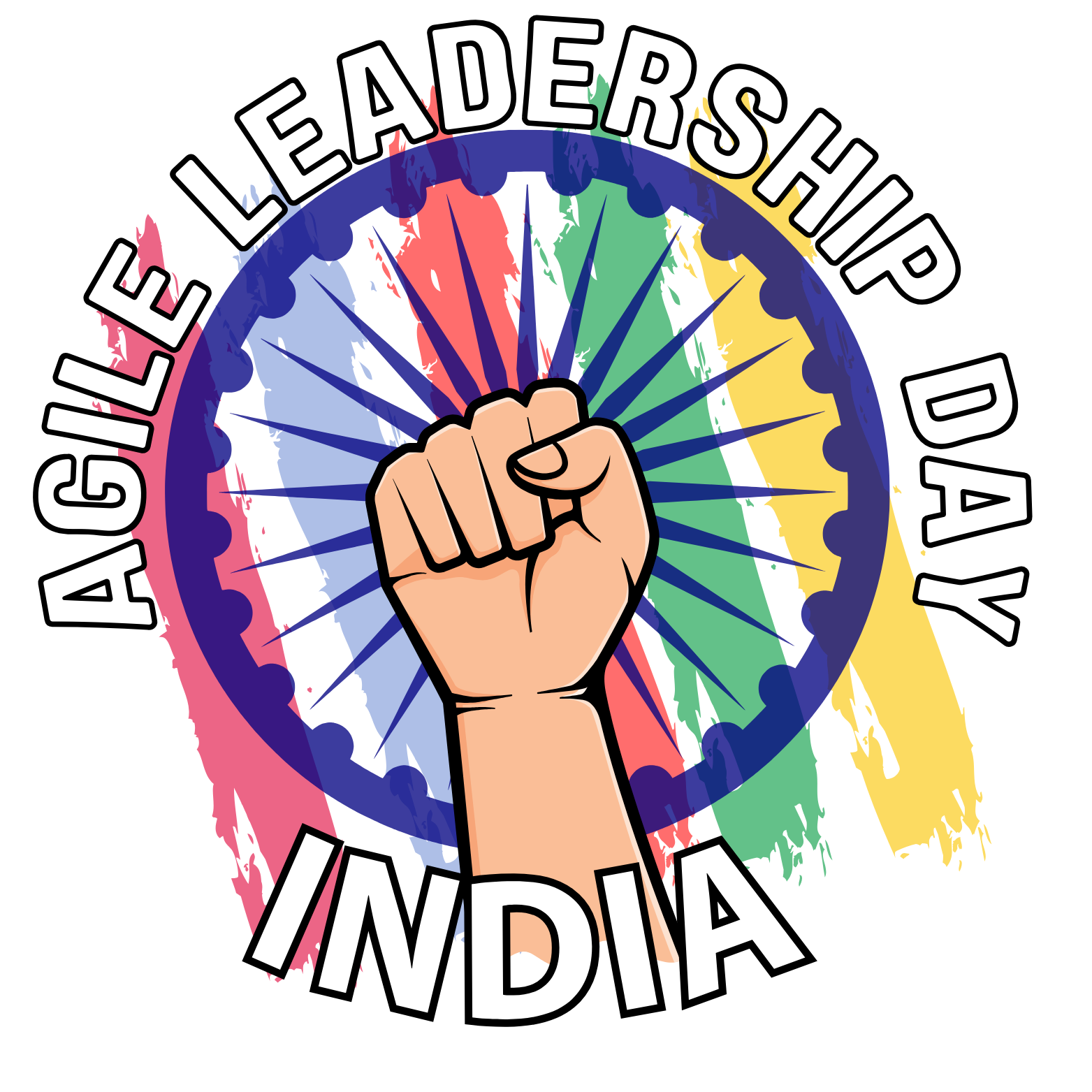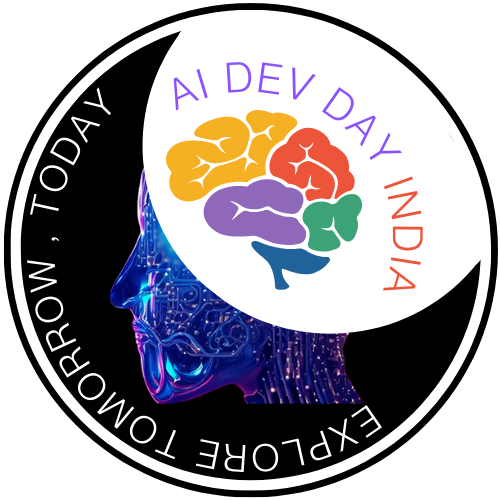Nvidia to invest $1B in Nokia 6G AI-RAN - A Landmark Deal Shakes Up the Telecom World
On October 28, 2025, Nvidia announced a monumental $1 billion equity investment in Nokia, a move that sent shockwaves through the global telecommunications industry and signaled a new era for wireless connectivity.
This Nvidia Nokia partnership is not just a financial transaction but a deep strategic alliance to build the intelligent, software-defined foundation for future 6G Networks. At the heart of this deal is AI-RAN (Artificial Intelligence Radio Access Network), a revolutionary approach to network infrastructure.
The market reaction was immediate and profound, with Nokia's shares surging by as much as 25.75%, its most significant intraday gain in over a decade. The deal firmly positions both companies to lead the next AI supercycle.

🚀 Supercharge Your Workflow!
Discover our curated list of cutting-edge AI tools designed to boost your productivity and creativity.
Explore AI ToolsUnpacking the $1 Billion Cash Infusion
The deal's architecture reveals Nvidia's deep commitment. The AI giant is investing $1 billion to acquire approximately 166.4 million new Nokia shares at a price of $6.01 per share, giving it a 2.9% stake in the Finnish company.
Nokia plans to use the proceeds to accelerate its strategic plans, with a particular focus on fast-tracking the development of its advanced 5G and future 6G RAN software, which will be designed to run on Nvidia's powerful computing architecture.
Why AI-RAN is the Future of Connectivity
Confronting the Tsunami of AI Traffic
The core problem that AI-RAN is designed to solve is the explosive growth in AI-driven data traffic. With nearly 50% of ChatGPT's 800 million weekly users accessing the service via mobile devices, existing networks are being pushed to their limits.
AI workloads fall into two main categories: AI training, which involves developing models, and AI inference, which is the deployment of those models to respond to user queries. Both require high-speed, lossless, and low-latency networking to reduce what is known as Job Completion Time (JCT), the total time it takes to complete a task.
The Promise of AI-RAN
By integrating artificial intelligence directly into the radio access network, AI-RAN delivers a suite of transformative benefits:
- Massive improvements in network performance and spectral efficiency.
- Enhanced energy efficiency, a critical concern given that spectral efficiency currently consumes 1.5% to 2% of the world's total power.
- The ability to host new edge AI services on underutilized RAN assets, unlocking new revenue streams and maximizing the return on investment (ROI).
- Laying the groundwork for a software-upgradable path to future 6G Networks.
The Technology Powering the Partnership
ARC-Pro: The AI Engine in Every Cell Tower
The technological centerpiece of this alliance is the NVIDIA Aerial RAN Computer Pro (ARC-Pro). This is a 6G-ready accelerated computing platform designed to seamlessly combine connectivity, computing, and sensing.
Nokia has committed to embedding the ARC-Pro platform at the heart of its new AI-RAN solution, marking a significant step forward in base station design.
Learn More About the Nvidia-Nokia AllianceA Technical Leap: Full Processing on the GPU
This partnership represents a major evolution in Nokia's technical strategy. For the first time, Nokia is committing to a solution where all Layer 1 (L1) RAN processing, the most processor-intensive part of the network, is carried out directly in the Nvidia GPU.
This eliminates the need for a separate accelerator or SmartNIC, creating a more streamlined and powerful software-defined architecture. This move aligns the fundamental architecture of a radio access network with that of a modern AI data center, signaling a major convergence between the telecom and high-performance computing industries.
. To achieve this, Nokia will accelerate the availability of its 5G and 6G RAN software on the NVIDIA CUDA® platform. This deep integration is fundamental to the vision of a unified, AI-native network, an architectural concept detailed by professional bodies like the Institute of Electrical and Electronics Engineers (IEEE) .
A New Alliance of Titans: Who's Winning in the AI-RAN Race?
This initiative brings together four industry leaders, each playing a crucial role:
- Nvidia: Providing the core AI computing hardware (ARC-Pro), the CUDA software platform, and the foundational $1 billion investment. CEO Jensen Huang stated, “AI-RAN will revolutionize telecommunications, a generational platform shift that empowers the United States to regain global telecommunications leadership.”
- Nokia:Providing its industry-leading RAN portfolio, including AirScale basebands and anyRAN software, and integrating it with Nvidia's technology. CEO Justin Hotard said, "Our partnership... will accelerate AI-RAN innovation to put an AI data center into everyone’s pocket."
- T-Mobile U.S.: Serving as the first operator partner, T-Mobile is set to conduct field evaluations and testing of the AI-RAN technologies starting in 2026. CTO John Saw reinforced T-Mobile's commitment to "shaping the future of connectivity."
- Dell Technologies: Providing its PowerEdge servers as the robust compute platform for deploying the AI-RAN solution. CEO Michael Dell noted, "The telecommunications industry owns the most valuable real estate for AI — the edge, where data is created."
⏪ Relive Our Past Events
Curious about our previous conferences? Explore the sessions, speakers, and highlights from our flagship events.
View 2024 Highlights View 2025 Highlights“AI-RAN will revolutionize telecommunications, a generational platform shift that empowers the United States to regain global telecommunications leadership.”
"Our partnership... will accelerate AI-RAN innovation to put an AI data center into everyone’s pocket."
The Competitive Landscape
This formidable alliance places significant pressure on established rivals like Ericsson and Huawei, along with electronics giant Samsung. The vertical integration of Nvidia's market-dominant AI compute stack with Nokia's globally trusted RAN portfolio creates a full-stack, AI-native solution that competitors, who typically assemble offerings from various suppliers, will find incredibly difficult to replicate. This isn't just a technology gap; it's a strategic one, forcing competitors to find an answer to a deeply integrated hardware and software ecosystem. Industry analysts suggest that if these rivals do not form similarly impactful alliances, they risk seeing their market share erode as the industry shifts towards AI-native infrastructure.
The "Made in America" Push for 6G
A significant geopolitical dimension of this announcement is the explicit goal of strengthening America's position in the global telecom market. Nvidia CEO Jensen Huang framed the effort as a mission to "bring telecommunications technology back to America."
The press has noted the irony that this American-centric push is being powerfully advanced through a massive investment in Nokia, a Finnish company, highlighting the global nature of modern technology leadership.
The Road Ahead: Market Impact and the Path to Commercial 6G
Immediate Market Validation and Future Opportunity
The market's reaction has been overwhelmingly positive. This partnership positions Nokia and Nvidia to capture a significant portion of the RAN market, which analyst firm Omdia expects to exceed a cumulative $200 billion by 2030.
Next Steps: Trials and Timelines
The path forward includes concrete milestones. T-Mobile will begin its field evaluations and testing of these advanced AI-RAN technologies in 2026. This initiative is not happening in isolation; it is part of a broader global trend. A related MoU between Indosat, Nokia, and Nvidia to develop AI-RAN in Southeast Asia further demonstrates the technology's growing worldwide momentum. The development of global standards will be crucial, a process industry observers can follow at the official 3GPP project website .
The Race to an Intelligent Network Is On
Ultimately, this deal is far more than a financial investment; it is an architectural reset for the entire telecommunications industry. It solidifies the central role of AI-RAN in the development of 6G and establishes a new competitive benchmark that will force a reaction from the rest of the market. The message is clear: the future of connectivity lies not just in faster speeds, but in building an intelligent, adaptive network that can power the next wave of AI innovation from the cloud to the edge.
Frequently Asked Questions (FAQs)
If this is an "All-American" push, why is Nvidia investing in Nokia, a Finnish company?
While Nvidia is building a U.S.-centric telecom stack with American software partners, it acknowledges that the world's largest telecom vendors are not U.S.-based. The investment in Nokia allows Nvidia to deeply integrate its technology with an established global leader to accelerate AI-RAN development. This strategy effectively involves "rewriting their stack" to align with American-led innovation, leveraging Nokia's scale and expertise to bring the technology to market faster.
What is the technical significance of running RAN processing directly on a GPU?
This marks a major strategic and technical evolution for Nokia. It represents a full commitment to using Nvidia's GPU for the most processor-intensive part of the RAN (Layer 1). This shift creates a more streamlined, software-defined architecture and fully enables Nvidia’s vision of using shared GPU resources to handle both network functions and other AI workloads on the same hardware, increasing efficiency and flexibility.
What is the "AI Supercycle" and how does this deal relate to it?
The "AI supercycle" is the current era of explosive investment in AI capabilities. This deal catapults the supercycle into the telecom sector, moving the focus from just the "brains" in the data center to the "nervous system"—the network itself—that is required to deliver AI to every user and device at the edge. It's about building the critical, intelligent infrastructure needed to support the massive data traffic from future generative AI applications and AI-native devices.
Hungry for More Insights?
Don't stop here. Dive into our full library of articles on AI, Agile, and the future of tech.
Read More Blogs


